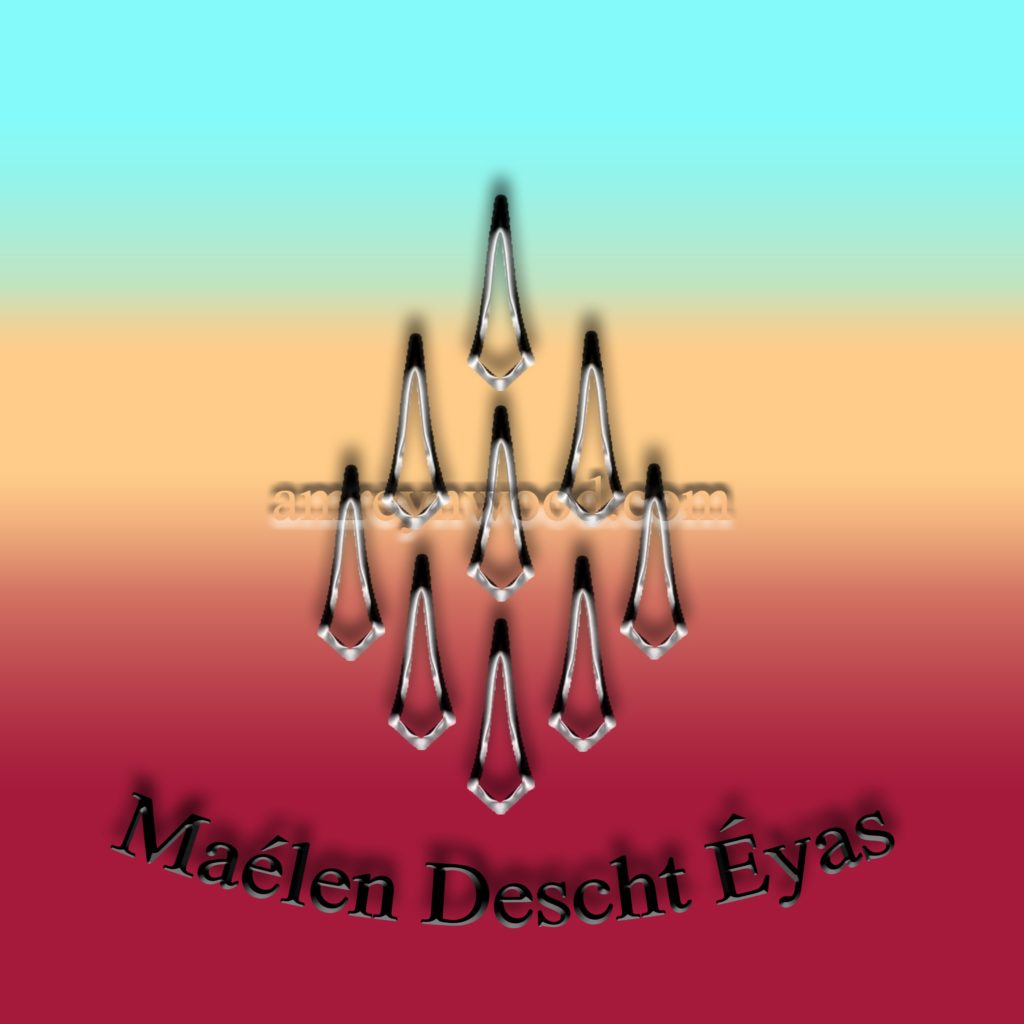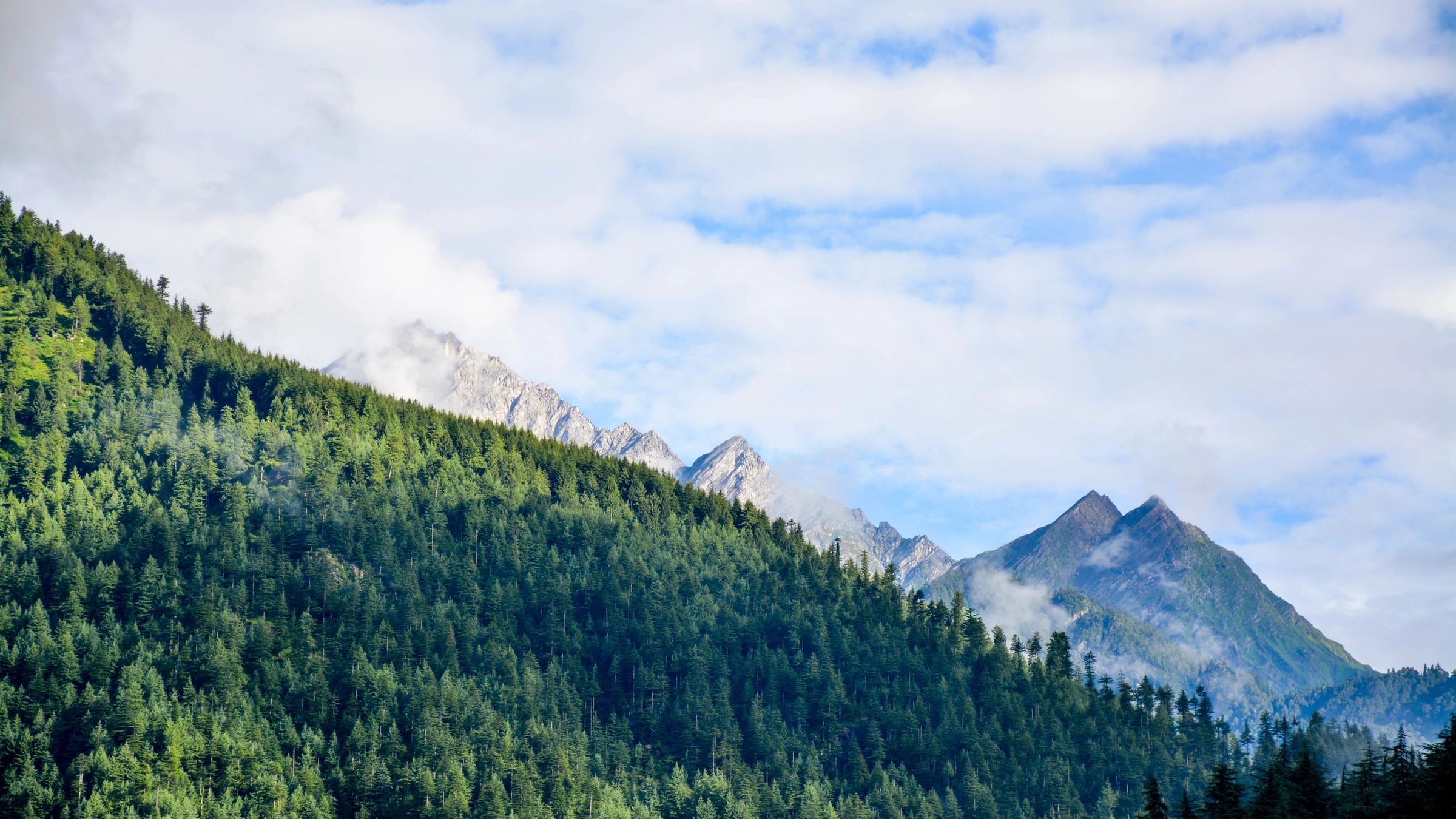Well, here we are folks: the last stop on our tour of Phen. It’s been a long journey, spanning all spring and summer, so it seems fitting to close our trip as the year begins to close, too. Are you ready?
Let’s go.

The region of Ashelon lies on the northeastern corner of the country, bordered on the west by Kollan, on the south by Zuar and Massa, and on the north and east by the nation of Kada. It’s a land of forests, and some trees here grow taller and bigger than anywhere else in the country, but even so, logging is not a big business. Certain woods may be harvested for specific purposes, but for the most part the forests are untouched. The bigger trade is furs, which are gathered by hunters and trappers who make their living in the woods. For being a large region, the percentage of settlements is actually fairly low, with the largest municipality being Nadami Ekkenodai, which lies just a few miles east of Kollan region. The other larger settlements are military outposts, of which there are many ─ the most out of every other region.

Kada is one of the hostile nations of the Federation, and with its border surrounding Ashelon on two sides, the military is on a perpetual vigil against any sign of shady business. Years ago the people built a great wall of black stone from the mountains, complete with battlements, ballistae and watch towers, and adjacent fortresses about a day’s hard ride apart from where the river Geron enters Phen all the way to Nadami Ekkenodai, where the Kadan border meets Zedek. This wall was the country’s greatest defense against invasion when the Thousand Day War struck, and generations of commanders have come to treat it as affectionately as they do their own weapons ─ and well they ought, for it serves much the same purpose.
The Ashelonian military itself is what many fantasy fanatics might call ‘elven’ ─ they are archers by trade and tradition. Their ancestors developed the massive longbow that the army currently uses, which can reach well over seven hundred yards when shot from the top of the wall. Marksmanship is what they pride themselves on, and the more difficult the target, or angle of fire, the better. They train among the trees of their homeland, as well as the many stone towers and lofty walkways of their strongholds. New recruits, most of which grew up with a bow in hand, are not trained at inland bases ─ at least not since the most recent war ─ but rather dispersed among the forts, concentrating their forces for the swiftest response to attack, and unlike other branches, recruits are expected to fight in the event of battle whether they just signed up yesterday or are graduating tomorrow. Everyone must be ready at the drop of a hat, and no hand is spared.

Perhaps the simplest in design, the Ashelonian standard is also simple to understand; sharp and to the point, if you would. It represents the Steel Rain that is and are the warriors of that land. Like the spring rains that drench the earth, theirs is a deluge of steel, and woe to the foeman who finds himself under their clouds. Their motto, Maélen Descht Éyas, speaks to the idea of being watchful, ever ready. In English it translates ‘[to be] attentive as the air’. The concept is that the air, as in that which we breathe, is always present. It’s always there for the next breath, never distracted or absent. The goal of the Ashelonians is to be ever ready for the enemy to strike, ever ready to act as soon as the need arises, whenever and whatever that may be. To be present and vigilant, paying attention to what is around them so they won’t be caught off guard.
Other than being hawkeyed guardsmen, it makes these warriors very difficult to sneak up on and surprise ─ which, as it happens, has always proven to be an irksome challenge to any Kedashian who’s got it in his head to pull a prank on one. Very little escapes them, in both senses of the term. It’s a rare enemy that eludes an Ashelonian arrow, and a crafty weasel that can remain unknown for long when in their presence.
So what do you all think of this tour? Did you enjoy visiting the different regions, exploring just a little bit about their land and militaries? I have to say that I did, and doing so has really helped me develop that part of the story. Worldbuilding is fun, but it can also be challenging, and since I’m a born procrastinator this tour has encouraged me to think about the larger scope of the country and its people ─ so thank you all, so much, for joining me on this trip, learning together all the different parts that make Phen whole.
And now, while the tour may be over, there are still a great many different bits and aspects of the story to share with you, so look forward to next month’s Falconsbane feature post! I’m not going to say what it’s about, because I don’t want to spoil the surprise, but I think it’s a pretty neat one. So, see you then!



Be First to Comment